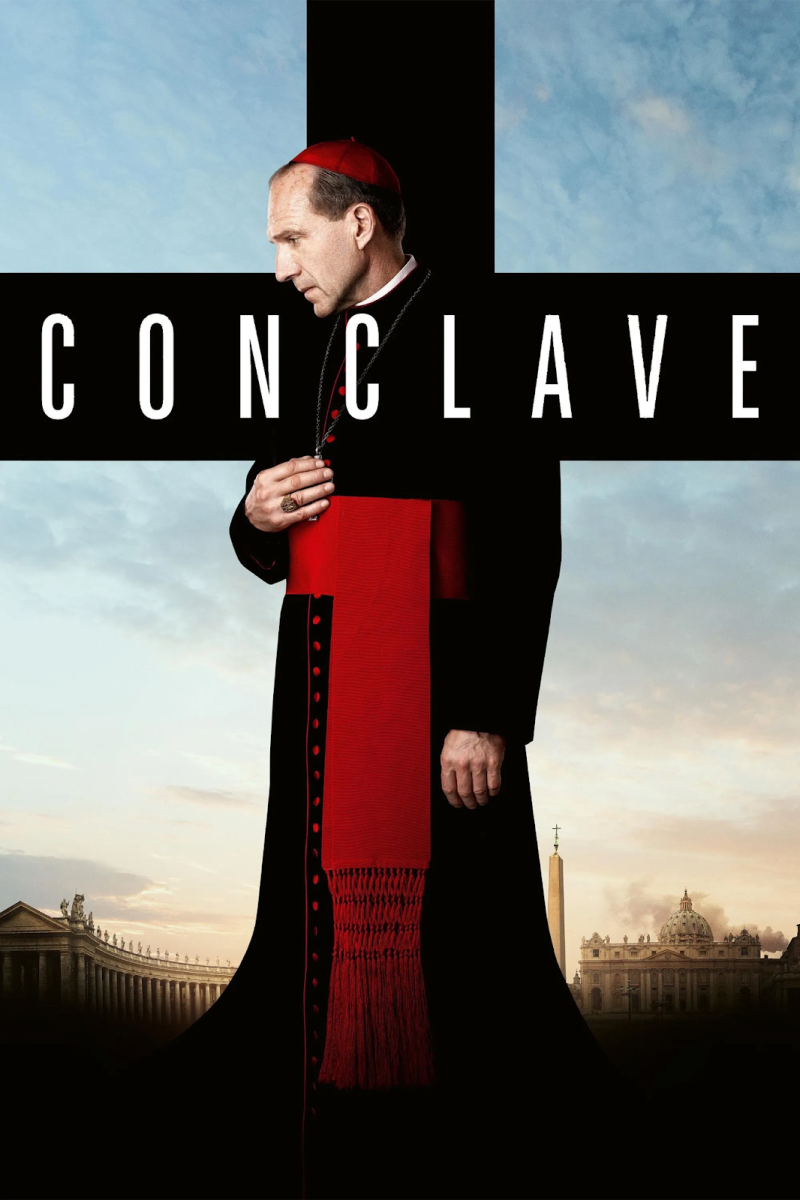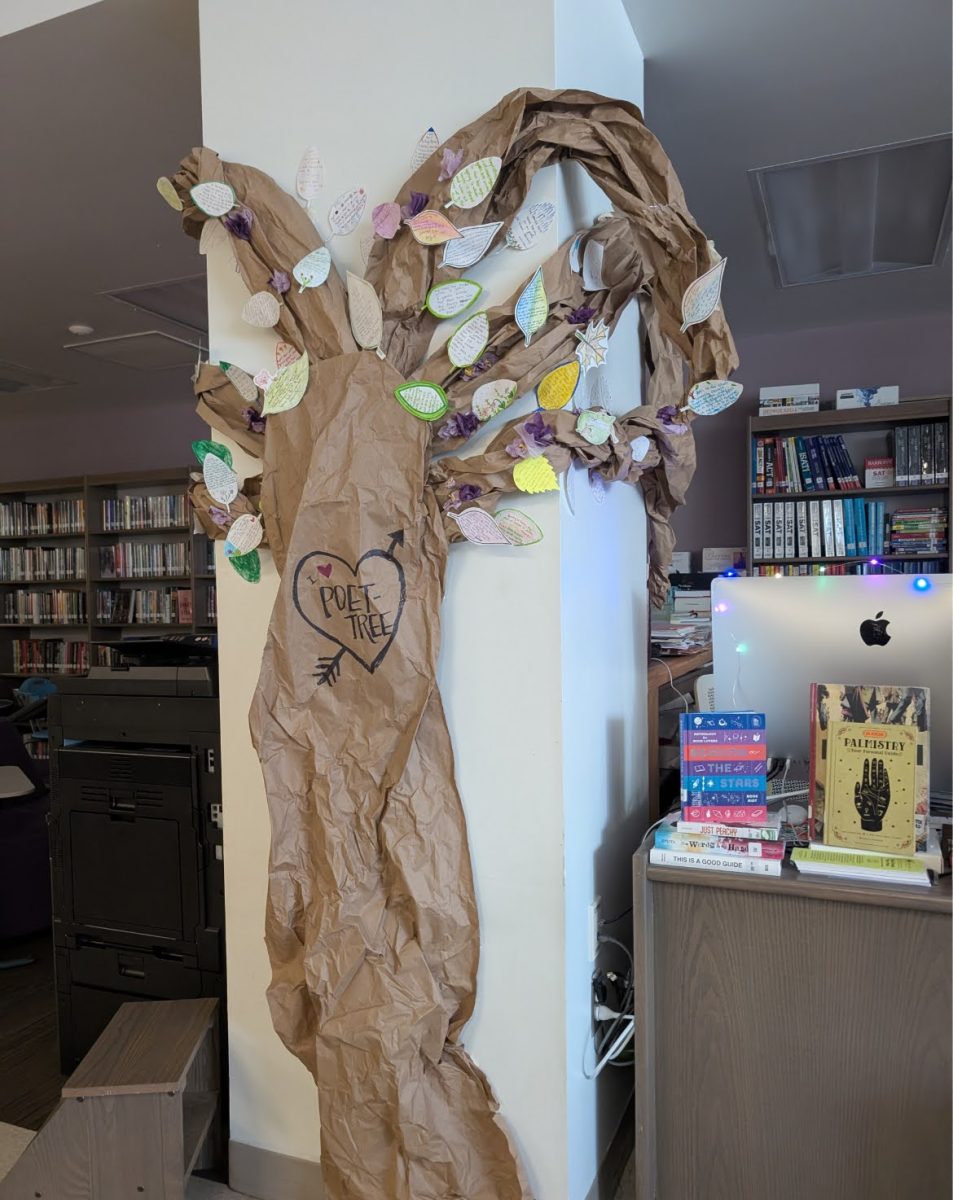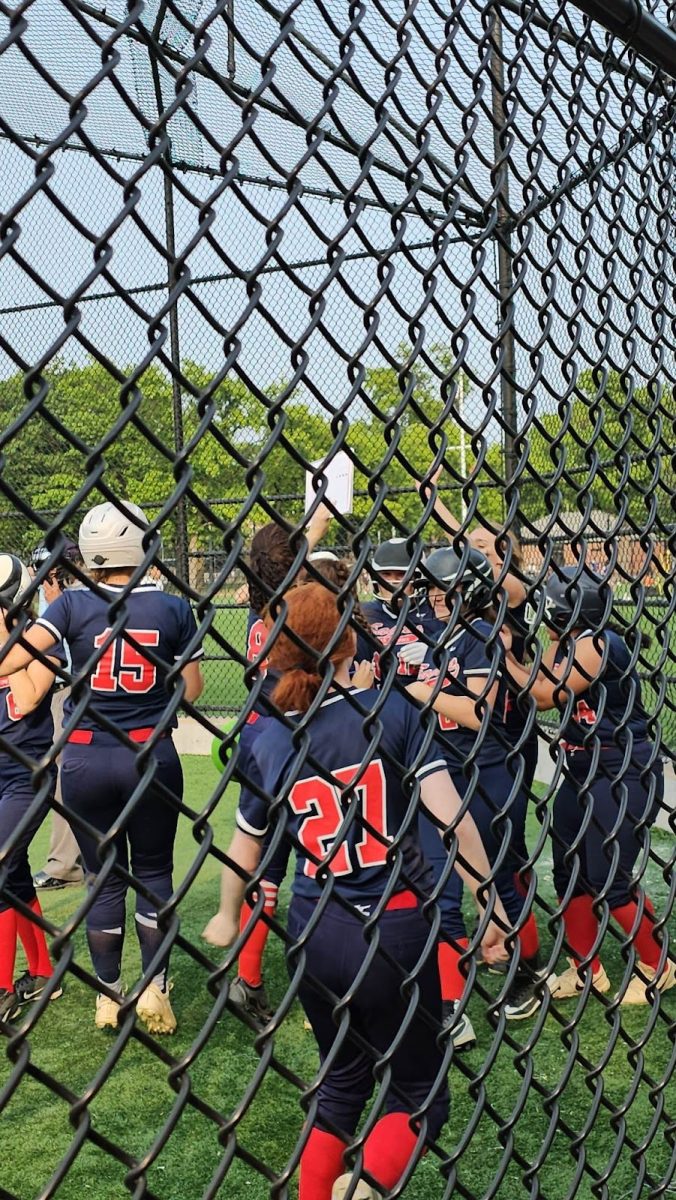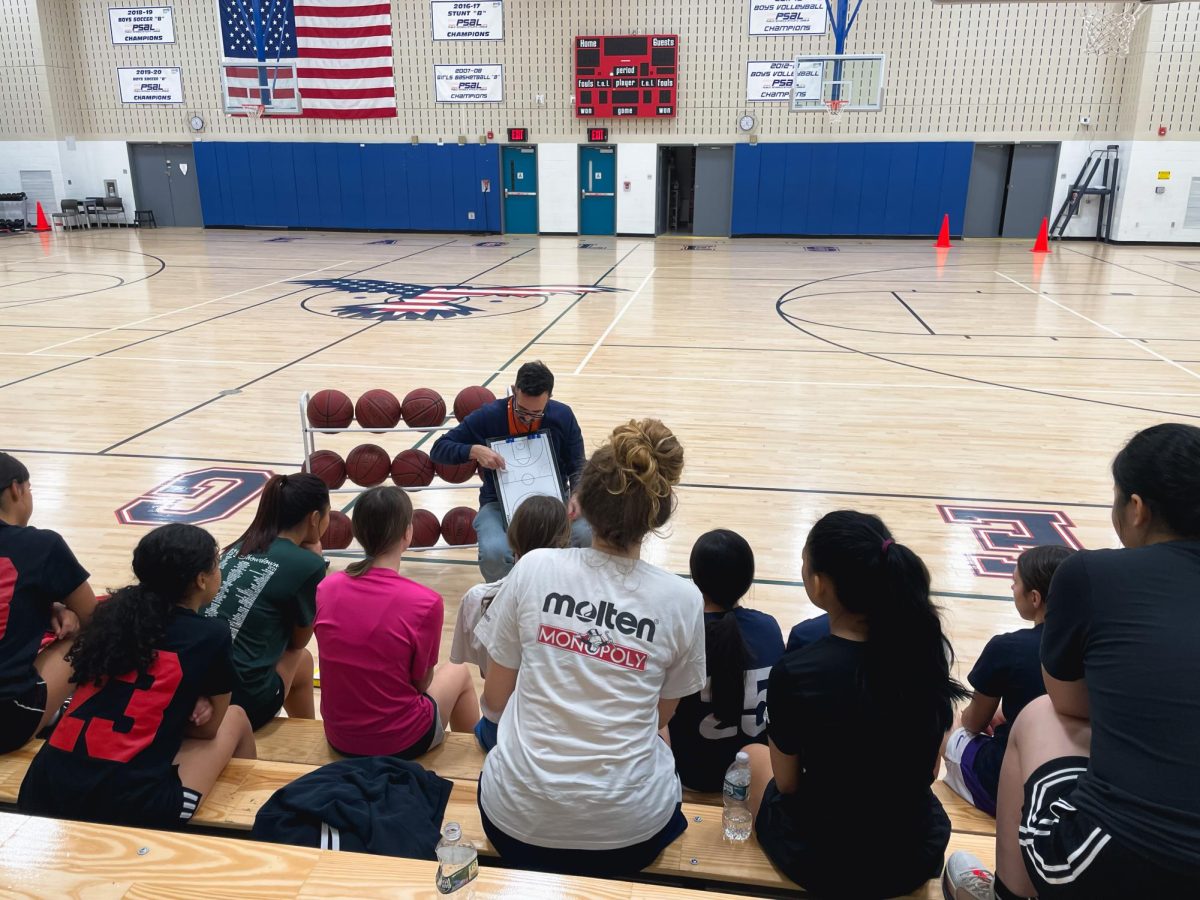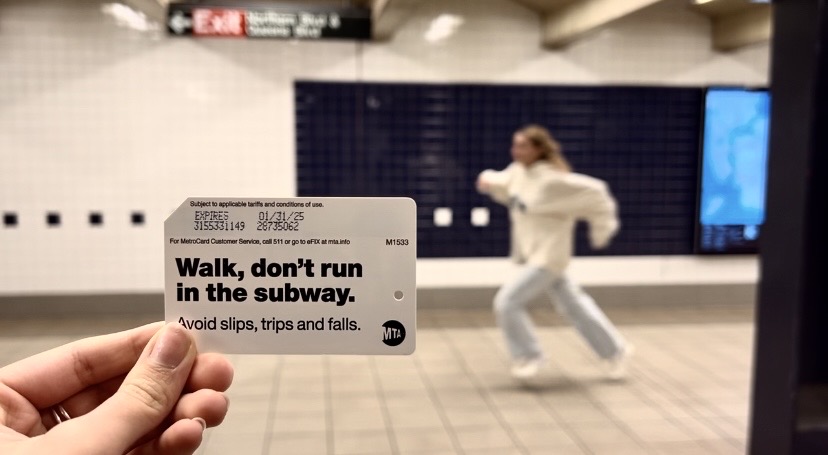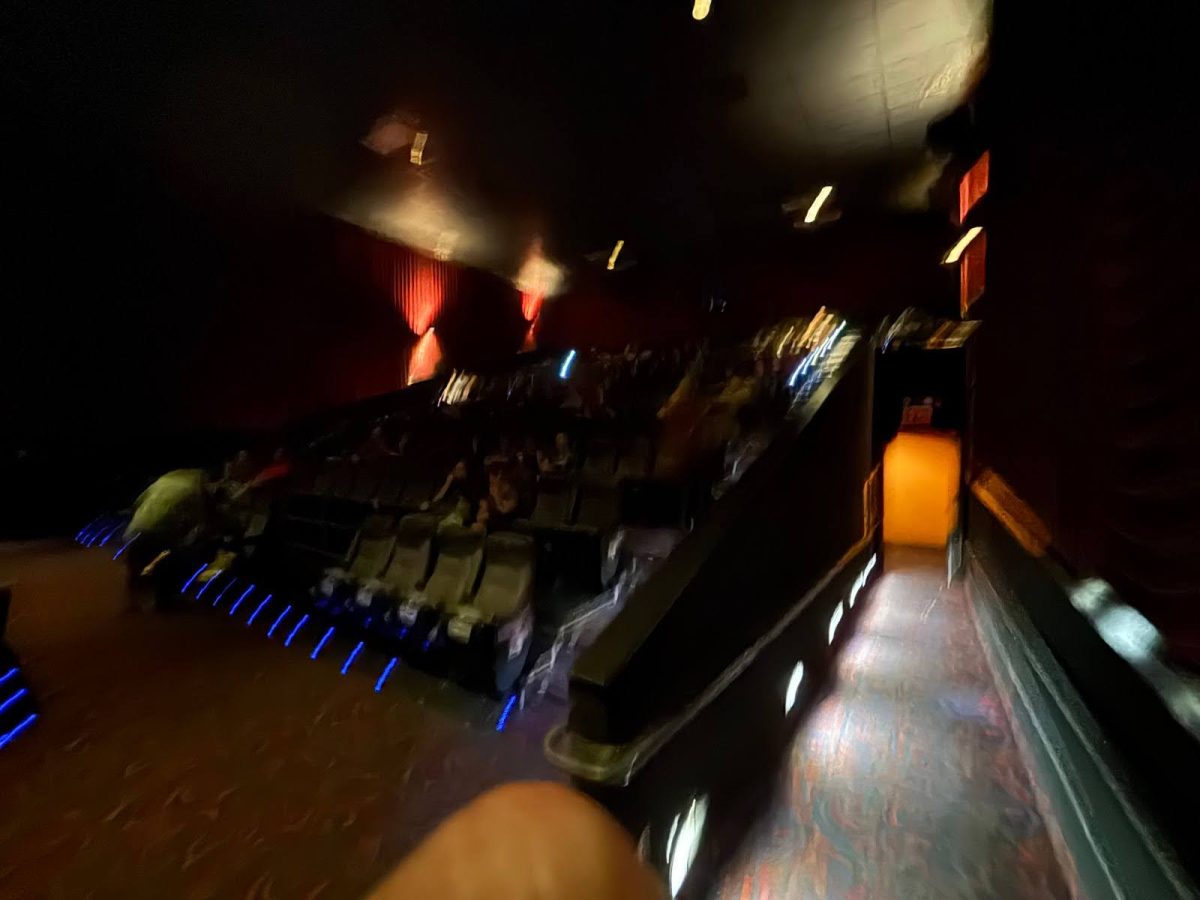If a legal drama and a psychological thriller had a baby and raised it in a house full of unresolved tension, this would be the result. Anatomy of a Fall expertly blurs the line between fact and fiction, a feat that keeps the audience constantly on the edge of their seats, never quite sure of what’s real. It’s the kind of movie that challenges your perception of reality. With its meticulous use of sound design and an unreliable narrative structure, the film creates a sense of paranoia, prompting you to question not only the characters but also your ability to discern the truth. Silent moments seem to stretch on endlessly, with even the slightest of sounds making you jump.
This picture, directed by the acclaimed Justine Triet, follows Sandra Hüller’s character as she navigates being the prime suspect in her own husband’s murder. The sole witness being her son Daniel, who, of course, is blind. What makes the film so gripping is how the story refuses to give clear answers. Instead of a cut-and-dry resolution, it hands the audience a mess of conflicting narratives with nothing but a “good luck” wish. Justine Triet’s restrained storytelling, a hallmark of her directorial style, makes every moment feel deliberately cryptic, and Sandra Hüller’s performance only adds to the intrigue. Every expression, every pause and every carefully chosen word could mean something or nothing at all. It’s like being in a courtroom where everyone, including the furniture, is gaslighting you.
Ultimately, Anatomy of a Fall doesn’t just leave you questioning the characters; it leaves you questioning yourself. Were you swayed by emotion? Bias? Logic? By that one eerily quiet scene where you were sure something awful was about to happen? The film doesn’t just tell a story; it invites you into a psychological minefield and cunningly dares you to find your way out. Spoiler alert: You won’t.

